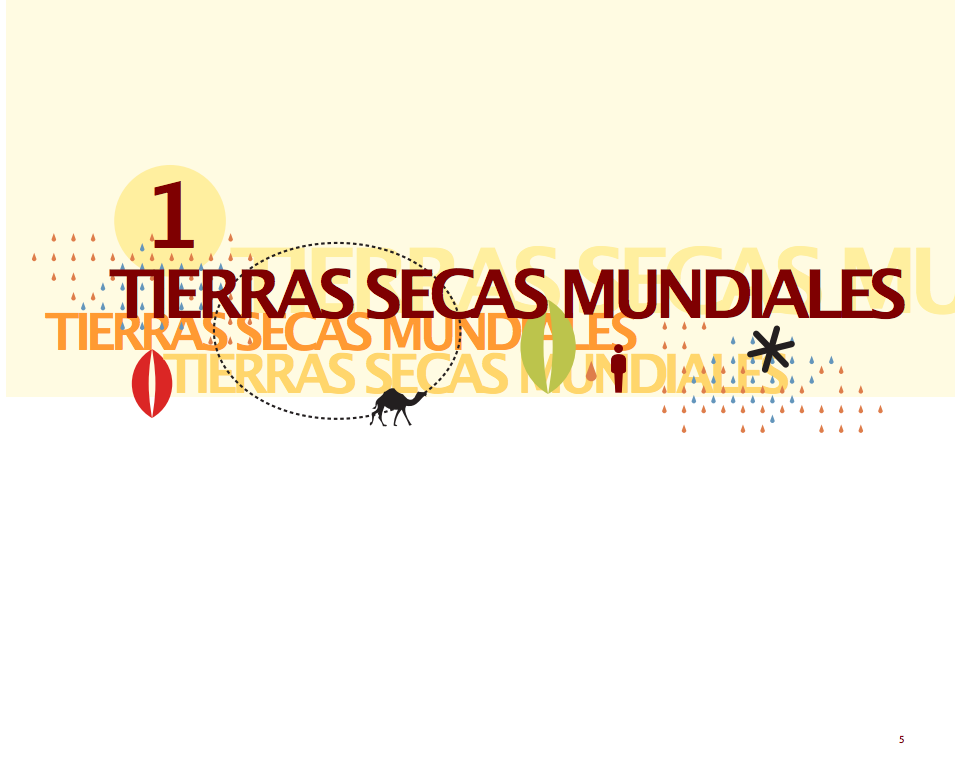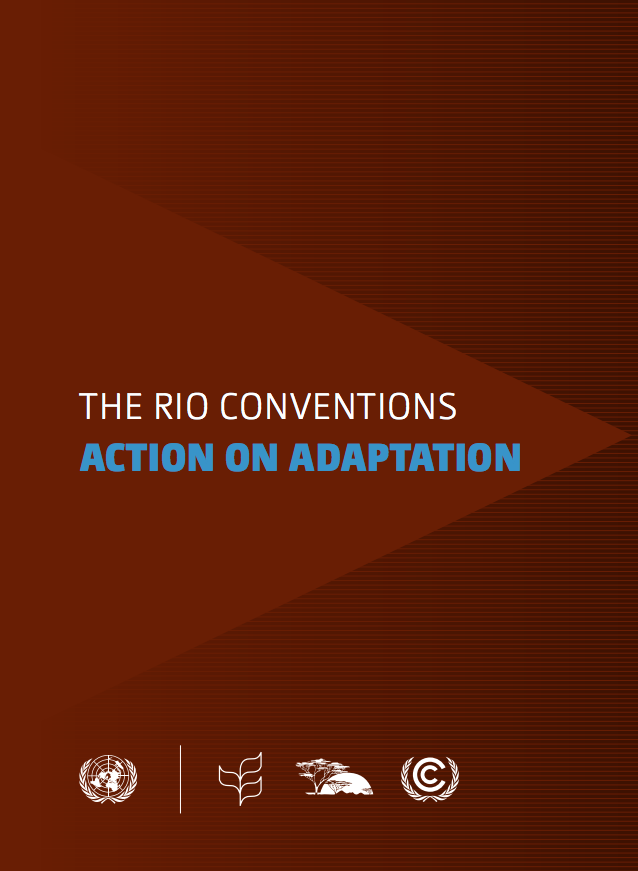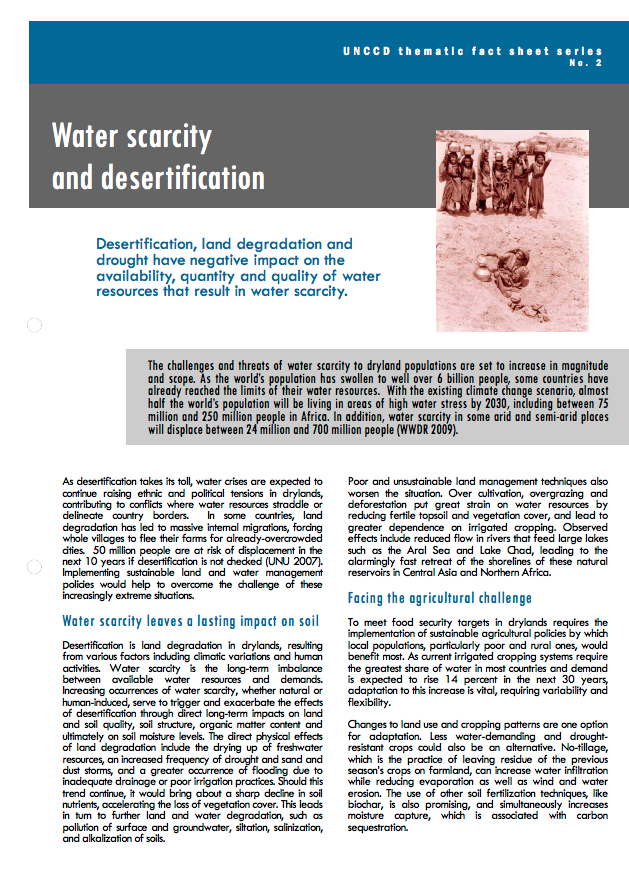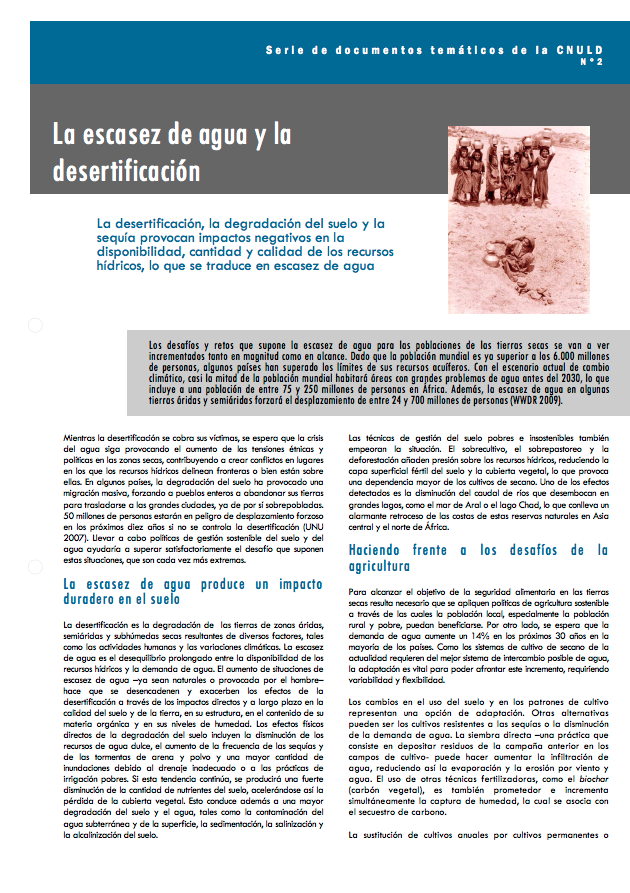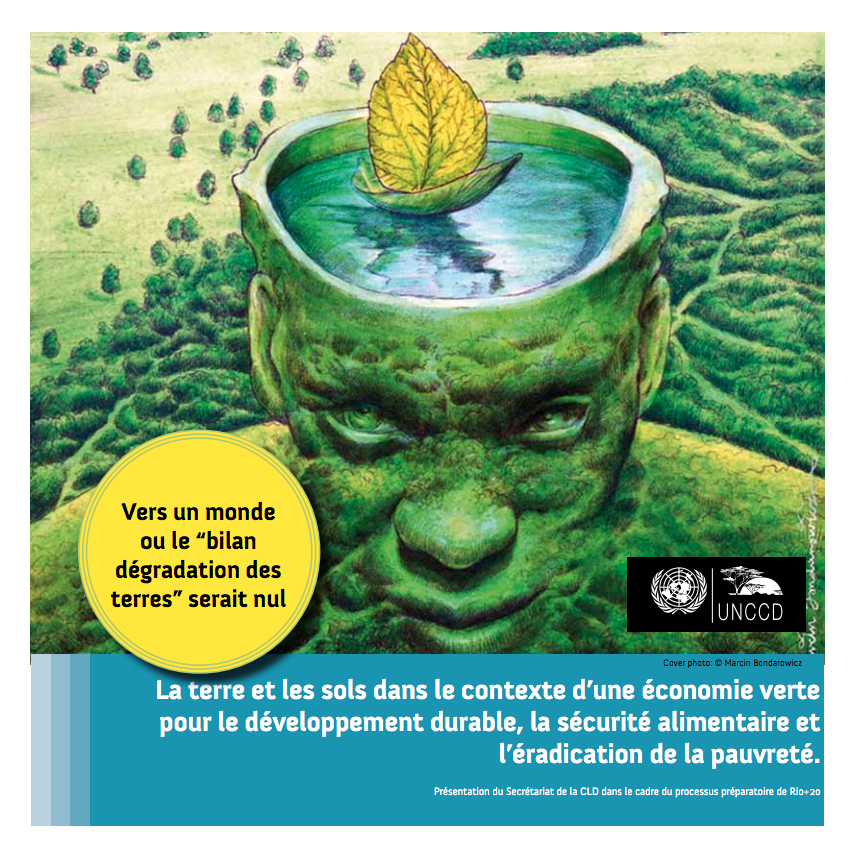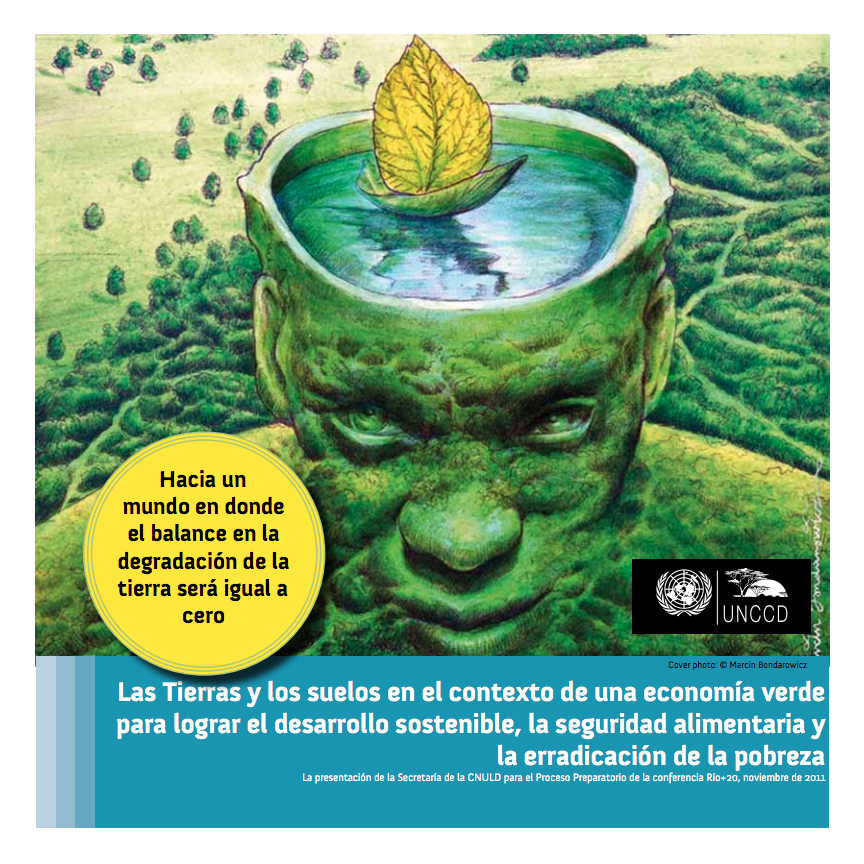Desertification: une synthèse visuelle
Ce livre constitue un ensemble d’informations de base sur la désertification, la dégradation des terres et la sécheresse à l’échelle mondiale, accompagnées d’une série de graphiques. Celui-ci présente les évolutions ayant eu lieu au cours des dernières décennies, en associant les questions et les priorités actuelles.


